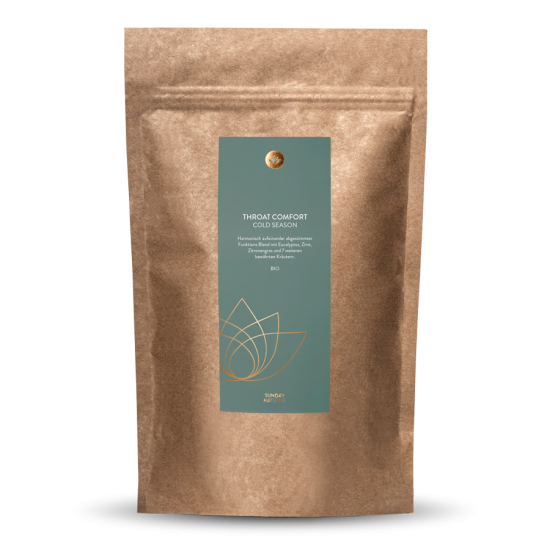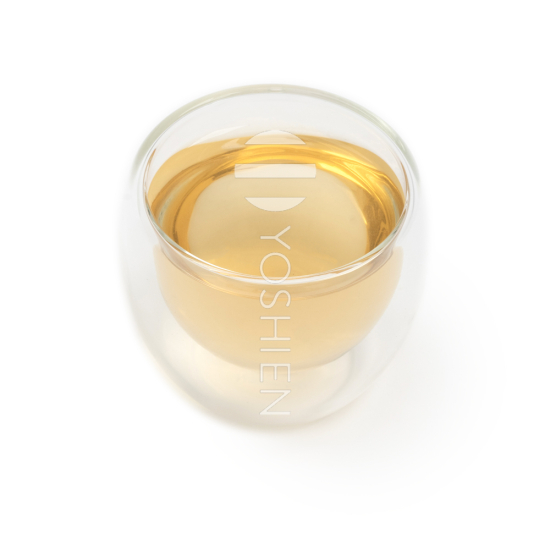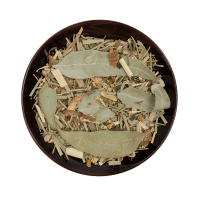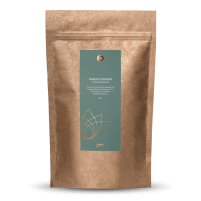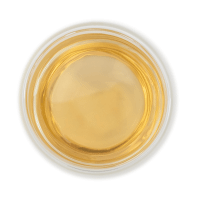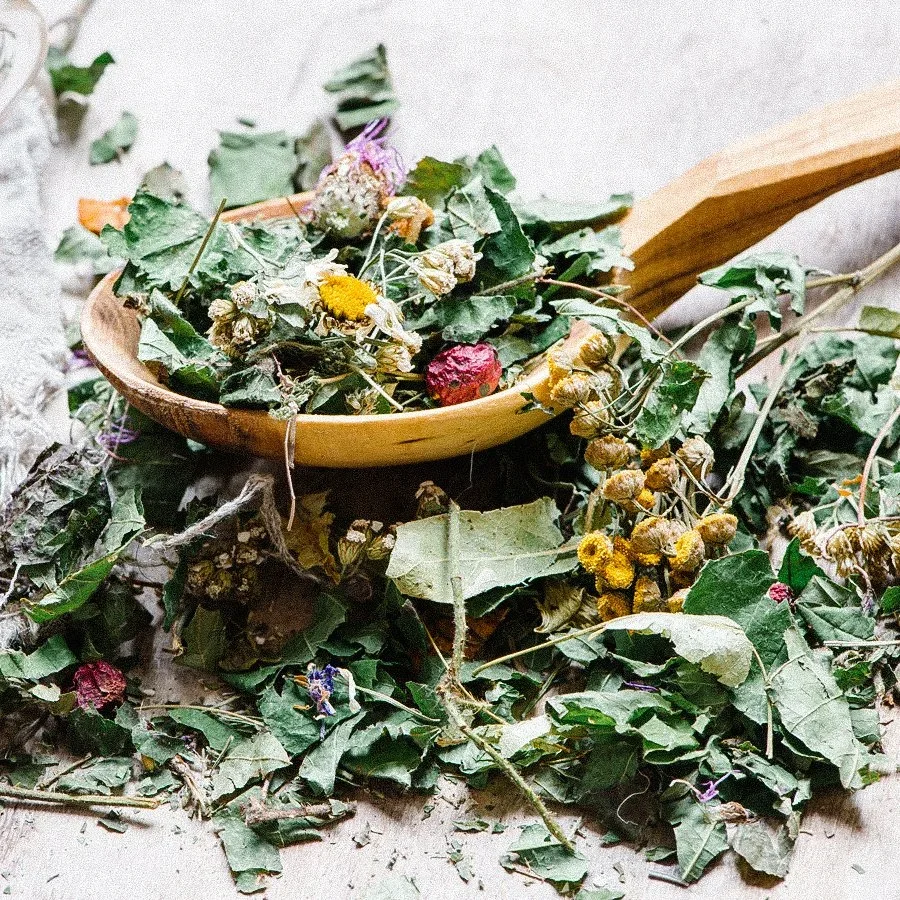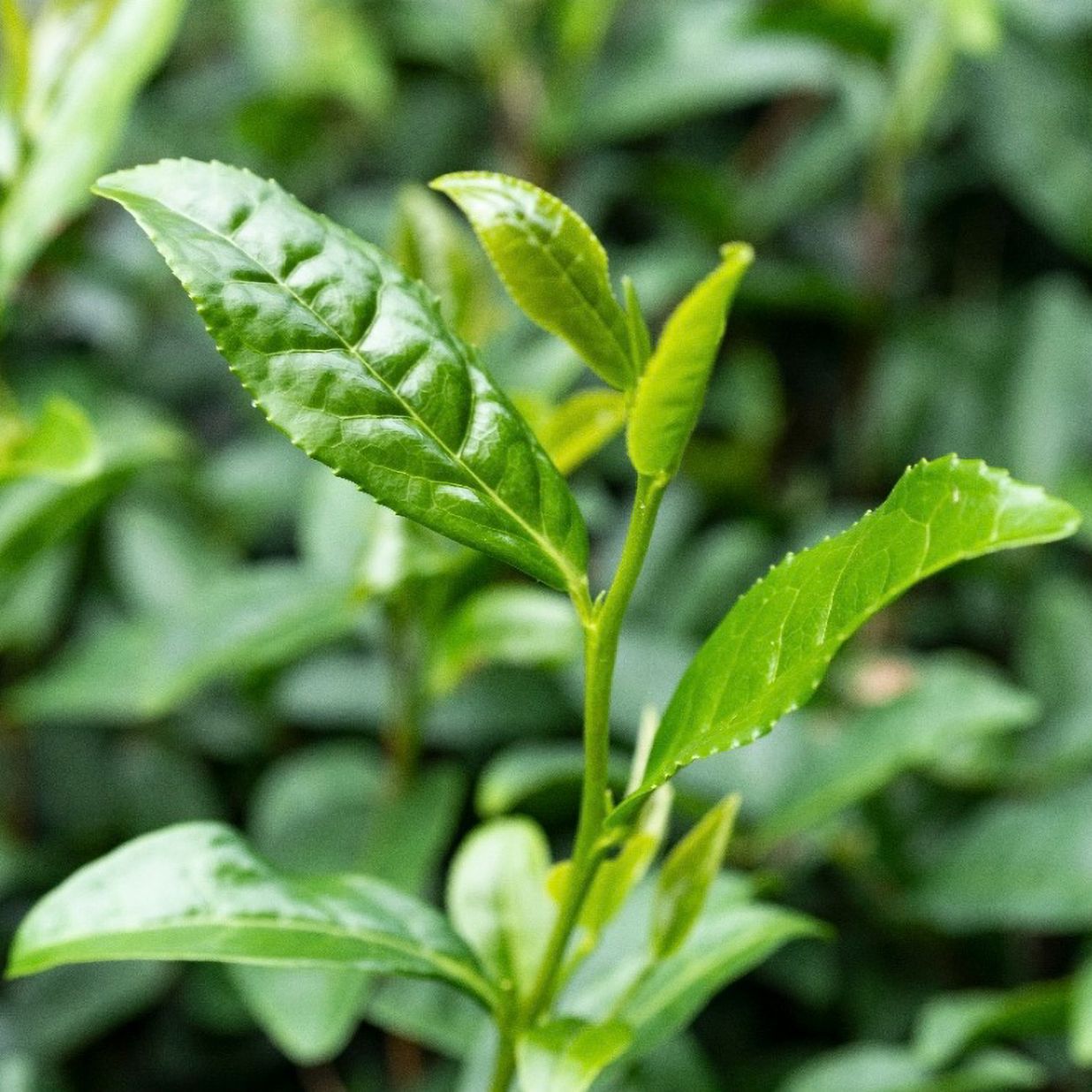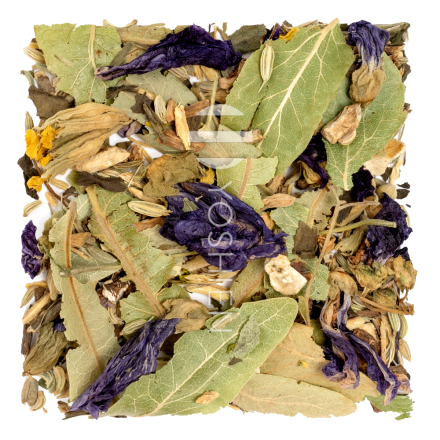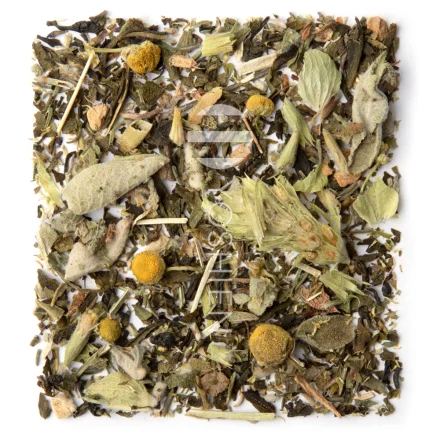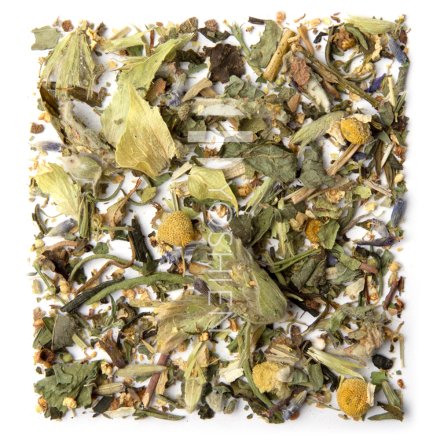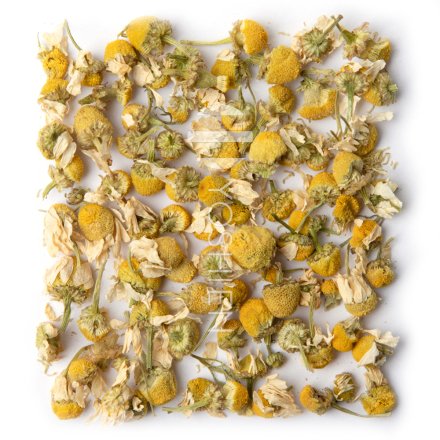Sage
Sage (Salvia officinalis) belongs to the mint family (Lamiaceae). It is found worldwide, except in Antarctica and Australia, and is one of the most species-rich genera among flowering plants. Valued by herbalists since ancient times, sage remains an indispensable part of both cuisine and herbal medicine.
Lemon grass
Lemon grasses (Cymbopogon citratus), with their reed-like leaves, are evergreen and very robust plants. The origins of the plant are thought to lie in southern India and Sri Lanka. It is used in a variety of dishes and drinks, and its flavour is particularly characteristic of South-East Asian cuisine. Lemongrass is also often drunk as a coffee substitute in tea to overcome the "afternoon slump". The essential oils of the plant possess greatly invigorating properties.
Elderflower
Elder (Sambucus nigra) often grows in close proximity to human habitation, where it nestles against houses and walls. The small tree graces us with its fragrant flowers from May to July, and as late summer transitions into autumn, the flowers mature into berries. The wisdom of the Celts acquainted them long ago with the uses of elder's blossoms and berries.
Cistus Incanus
The Cistus incanus is a member of the rock rose family. The plant is predominantly found in southern Europe, where there is copious sunlight. This plant is considered one of the most polyphenol-rich in the world. The cistus can grow up to 1 metre tall and prefers chalky soil and silicate rocks. The plant folds its leaves in during the hot summer months when waiting for rain. The cistus blooms in the spring, bearing delicate pink flowers.
Ginger
Comprising approximately 60 species, real ginger belongs to the ginger family (Zingiberaceae). Its probable origins are estimated to be the regions of India and Sri Lanka, but it is now widely cultivated in many subtropical and tropical regions. The plant can reach heights of 50–100cm and features thick stems and long, reed-like leaves. The flower shaft emerges from the aromatic root and grows up to 25cm long, bearing reddish-yellow to dark purple petals.
Rosemary
Rosemary (Rosmarinus officinalis) is native to the Mediterranean region and was introduced to Central Europe in the First Century A.C. Known and appreciated since ancient times for its intensely spicy and vitalising aroma, it can still be found in bridal bouquets.
Ribwort
Ribwort (Plantago lanceolata) is indigenous to Eurasia and North Africa. In the Alps it grows at altitudes of up to 1700m and is found on the edges of footpaths, rich meadows and parks, often in the vicinity of people.
Ribwort plantain was already included in European herbalism in ancient times. The Germanic and Nordic peoples called the ribwort plantain Läkeblad ("medicinal leaf"), the Greeks called it Arnoglosson ("lamb's tongue") and the Romans "Plantago minor".
Thyme
Thyme (Thymus vulgaris) has been known since ancient times to have vitalising and strengthening properties. In the Middle Ages, a sprig of thyme was considered a sign of courage and strength. Thyme was used as incense in many ceremonies to honour the gods. In traditional herbalism, thyme is used for many applications and it is still popular today, among other things as a Mediterranean aromatic spice.
Eucalyptus
The "medicinal" eucalyptus (Eucalyptus globulus) originates from Tasmania. Altogether there are over 600 species, of which "globulus" is the most commonly used. It was not until 1770 that the rest of the world became acquainted with this Australian genus of eucalypts, also known as the "fever tree". With its plantings, bogs were drained and malaria was suppressed. Most of the customs surrounding the eucalyptus have developed in Australia and Oceania.
Cinnamon
The cinnamon tree (Cinnamomum zeylanicum) is a laurel plant native to Southeast Asia and is known for its many applications. The Egyptians used it for embalming as early as 2000 BC, and it has also been used in China and India for millennia to treat all kinds of ailments. The cinnamon tree has to grow for several years before the trunk is cut. The young shoots are cut and peeled after 2 years, before it curls into the distinctive cinnamon stick shape.




